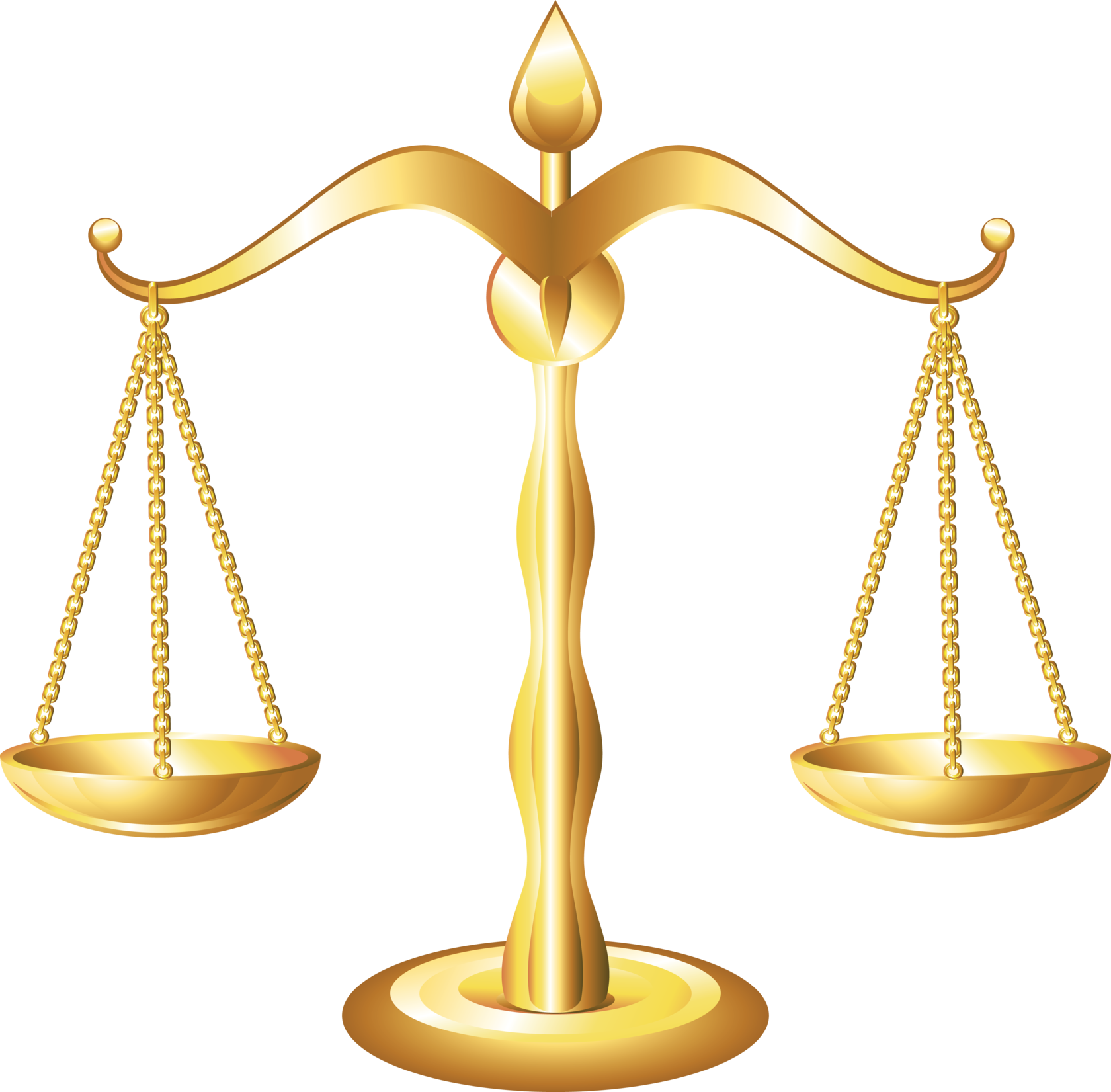In the legal arena, the power of a well-constructed argument cannot be underestimated. Yet, in our increasingly visual world, the presentation of these arguments has evolved beyond oral and written traditions to incorporate dynamic visual aids. PowerPoint, a tool once reserved for business meetings and academic lectures, has become a staple in courtrooms, offering attorneys a powerful platform to enhance their legal presentations. This article explores strategies for leveraging PowerPoint to create impactful legal presentations, with a focus on selecting appropriate legal PowerPoint templates and drawing inspiration from effective legal PowerPoint presentation examples. To ensure that these presentations are as effective as possible, familiarizing oneself with a PowerPoint slide dimensions guide is crucial for optimizing content display across different devices and screens, enhancing the audience’s ability to absorb and understand complex legal information.

The Role of PowerPoint in Legal Presentations
Legal presentations in court require a delicate balance between conveying complex information and engaging the audience. PowerPoint serves as an invaluable tool in achieving this balance, allowing attorneys to summarize key points, illustrate concepts visually, and emphasize evidence in a digestible format. The strategic use of legal PowerPoint templates can elevate these presentations, ensuring they are not only informative but also visually appealing and professional. Furthermore, incorporating PowerPoint into free legal services can significantly enhance the accessibility and effectiveness of legal assistance for those in need, bridging the gap between complex legal concepts and client understanding.
Choosing Legal PowerPoint Templates
Selecting the right template is the first step in crafting an effective legal presentation. Legal PowerPoint templates should embody a professional aesthetic, favoring clean lines and subdued colors to maintain the seriousness of the courtroom setting. Templates designed specifically for legal use may include features such as built-in timelines, evidence display slides, and sections for legal citations, streamlining the presentation creation process.
When choosing a template, consider the following:
- Simplicity: A cluttered slide can distract from the message. Opt for simplicity to ensure your content takes center stage.
- Readability: Select fonts and colors that are easy to read from a distance, catering to the courtroom’s physical layout.
- Customizability: The ability to customize slides is crucial. Look for templates that are easily adaptable to fit the unique needs of your case.

Crafting Content for Your Legal Presentations
The content of your PowerPoint slides should be concise and focused. Each slide represents an opportunity to underscore a critical point or piece of evidence. Use bullet points to break down complex information into digestible snippets and incorporate visuals, such as charts, graphs, and photographs, to complement your narrative.
Here are some content creation tips:
- Prioritize Clarity: Avoid legal jargon when possible. Aim to make your presentation accessible to all courtroom participants, regardless of their legal expertise.
- Tell a Story: Organize your presentation in a narrative format, guiding the audience through your argument in a logical and compelling manner.
- Highlight Evidence: Use slides to highlight key pieces of evidence, making it easier for the judge and jury to understand their relevance.
Drawing Inspiration from Legal PowerPoint Presentation Examples
Studying successful legal PowerPoint presentation examples can provide valuable insights into effective storytelling and visual communication strategies. Many legal professionals share their presentations online, offering a treasure trove of examples that can inspire your approach. Look for presentations related to your case type and analyze the following elements:
- Structure: Note how the presentation is organized and how information is sequenced to build the argument.
- Visual Aids: Observe the types of visual aids used and how they are integrated into the overall narrative.
- Engagement Techniques: Identify techniques used to engage the audience, such as rhetorical questions or interactive elements.
Legal Presentations PowerPoint Best Practices
To ensure your PowerPoint presentation has the desired impact in the courtroom, adhere to the following best practices:
- Keep Slides Uncluttered: Use the rule of thumb of no more than six bullet points per slide and six words per bullet point.
- Use High-Quality Images: Ensure that any images or videos included are of high resolution and legally obtained.
- Practice Your Delivery: Familiarize yourself with the content and flow of your presentation to ensure a smooth delivery that complements the slides.
- Be Prepared for Technical Issues: Always have a backup plan in case of technical difficulties. Consider providing printed copies of your slides as handouts.

Conclusion
PowerPoint has transformed the way legal arguments are presented in the courtroom, offering attorneys a versatile platform to support their case with visual aids and structured narratives. By selecting appropriate legal PowerPoint templates, crafting clear and concise content, and drawing inspiration from exemplary legal PowerPoint presentation examples, legal professionals can enhance their ability to communicate complex information effectively. Moreover, the integration of PowerPoint presentations into legal services online further democratizes access to high-quality legal assistance, enabling attorneys to present their cases in a dynamic and engaging manner even in virtual environments. Remember, the goal of using PowerPoint in legal presentations is not to overshadow the argument but to illuminate it, making the case more accessible and compelling to the judge and jury.
